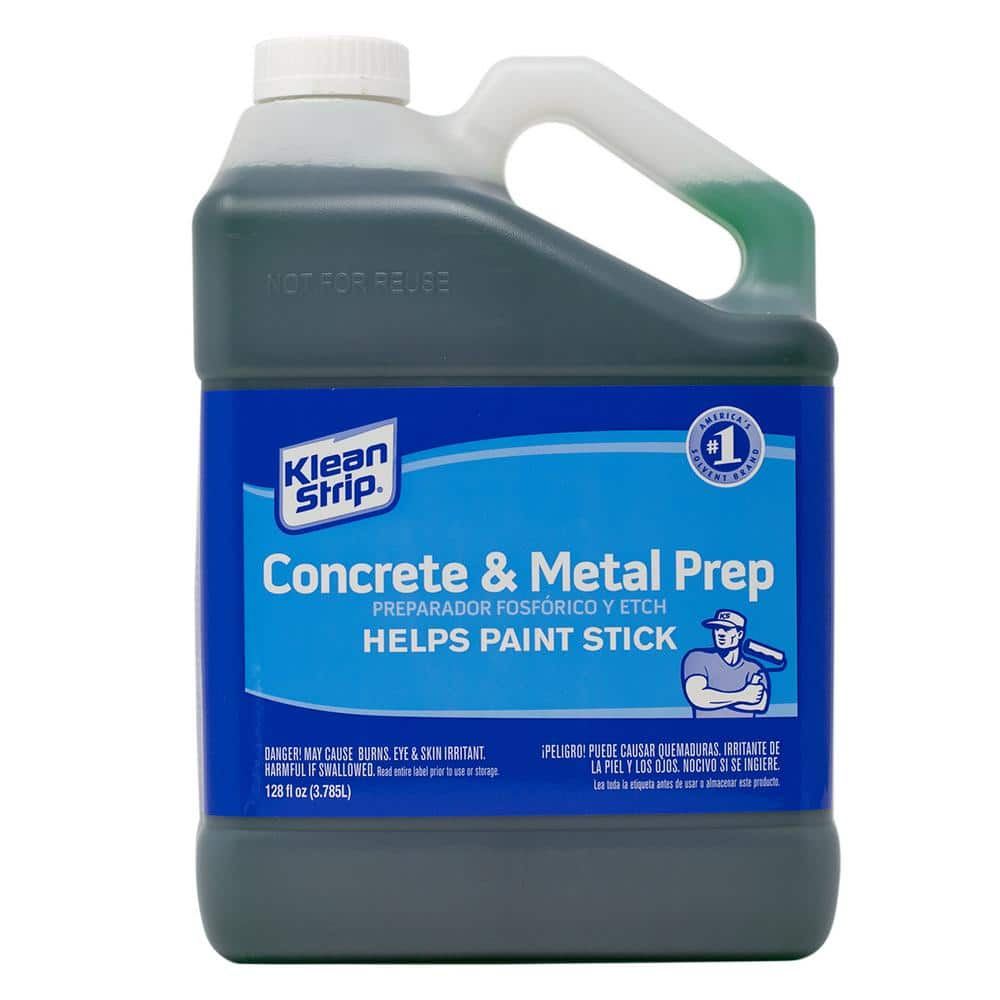- Joined
- Sep 2, 2013
- Messages
- 5,099
Good reason to make a trip to nearest craft brewery. Mike
followed by a wiped down with IPA
followed by a wiped down with IPA
I would add that many of the metal paints take *weeks* before really hard, so I would not be surprised if they came loose in a couple of days. This is especially true if not kept fairly warm. Heat lamps can help.
I normally clean with mineral spirits followed by a wiped down with IPA just before painting. Acetone flashes off so fast I find I can't make any progress before its gone. But I doubt that matters as long as you're doing a decent job.
Bare metal needs etched. I used to use a DuPont etchant which is no longer available, but Pontiac 428 put me onto ospho which is apparently very similar. Phosphoric acid. Just follow instructions wire brush or scotch brite the white residue Off. Clean with isopropyl alcohol. Dry with compressed air. Watch and see if oils come out of porous castings. If so more isopropyl, more air. Then epoxy prime And paint. Works pretty good for me.

Same experience with rustoleum metallic spray bombs here.I have never had Rustolium fully cure in less that 3 weeks at room temp (around 65°F) with low humidity (under 35%). Yes it dries hard enough to handle in just a few hours, but 3 weeks to a month to fully harden. Once fully hard it is a tough paint. Make sure the surface has something for the paint to hold on to. A nicely machined surface is hard to get a grip. Sand blasted makes for a high grip even finish.
With all of that said. The part can not be to clean.While and after cleaning do NOT toutch it with bare hands, you will leave an oily fingerprint everywhere you touch it. Also be conscious of where you set it down to be sure that that surface is also clean.
so if you are hitting it with acetone and there is any soft material (paint, filler) then you are creating a problem. Acetone will soften and not dry off that material as fast as just metal. I wipe with mineral spirits to avoid this issue. All it will due is thin an oil based paint.After cleaning several parts, I wiped them off and then let them dry for a day or two. I then sanded any old paint to smooth the surfaces with 80 grit and followed with an acetone wipe down before painting. I let the paint cure for several days. I decided to test the paint adhesion by scraping a couple of areas with a screwdriver and am finding I'm not getting good adhesion.
I'm using a good quality DTM (direct to metal) oil based paint that's worked well for me in the past so I have to believe there's still too much oil/grease in the metal. In similar situations I would normally heat the part with a propane torch to raise the oils and re-wipe with acetone. I'm hesitant to do that on the lathe parts for fear of distorting parts that have shafts running through them.
What is your process to get good paint adhesion when restoring older, greasy/grimy machinery?

